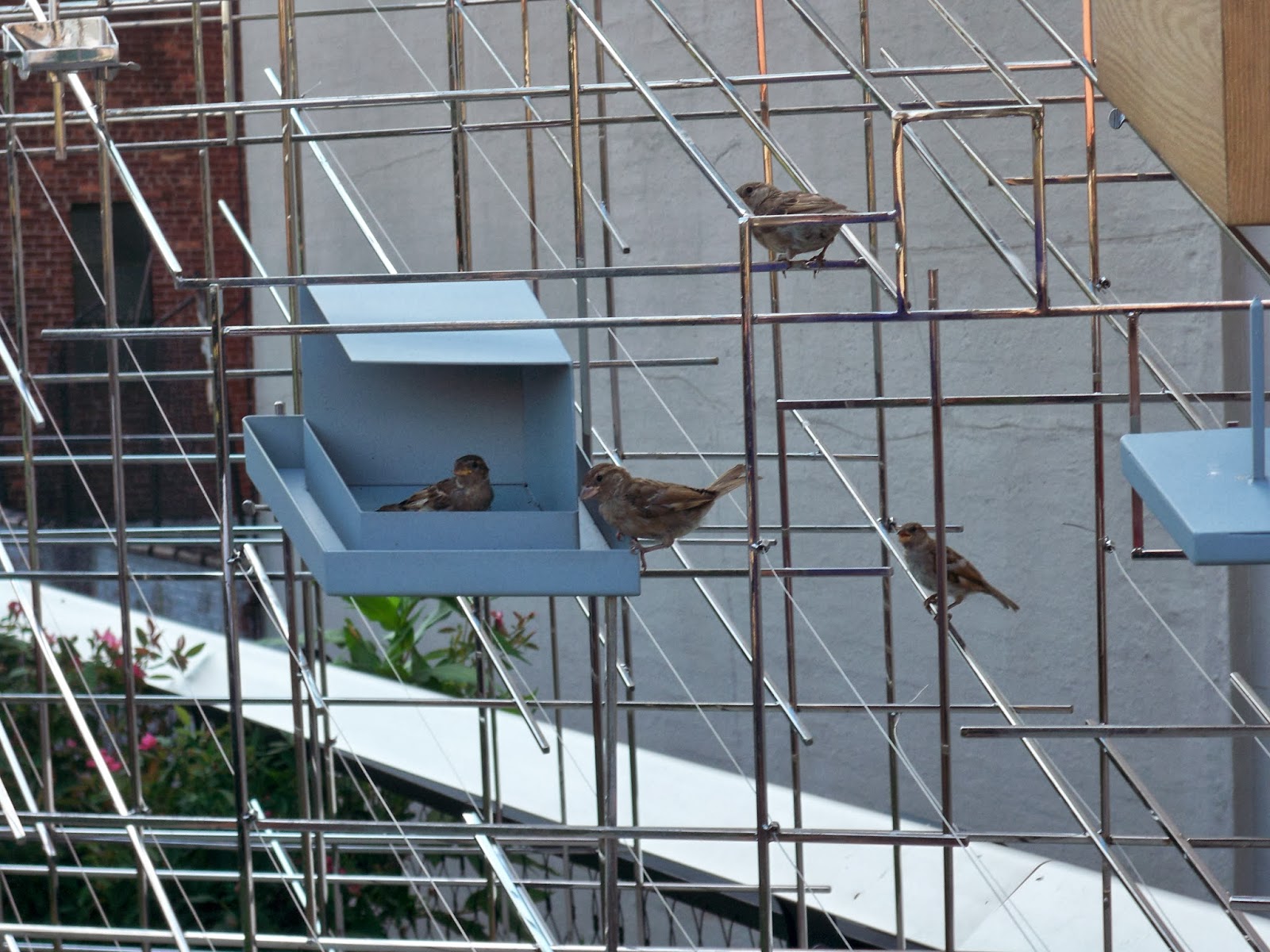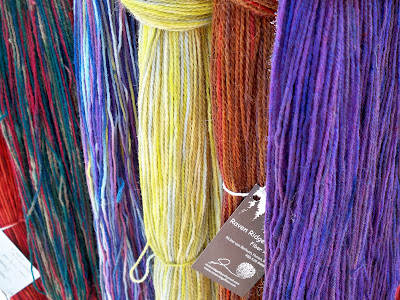I learned from the “Writer’s Almanac” that today is the birthday of Sarah Orne Jewett, born 1849 in South Berwick, Maine. A descendent of doctors and sea captains, Jewett wrote poetry and historical fiction but is best known for her short stories.
She is a rare writer for me, one I came to know through her home rather than her work. I had yet to read Jewett’s stories when I wrote an article on historic homes of New England that took me to her house in South Berwick.
I’ve never forgotten the upstairs writing room, what it was like to look out those thick glass windows, imagining the world Jewett knew, the New England shipbuilding culture that was vanishing as quickly as she could describe it.
It’s a funny thing, meeting a writer first in her house. It’s not unlike the acquaintances you form when traveling on a train or airplane, seat-mate confidences. There’s a quick and easy intimacy that flows from the place that then lingers when you read the words.
After that trip, I read what many consider Jewett’s masterpiece, the story collection Country of the Pointed Firs. And there it was again, the place I had seen, the lowered light of that northern clime, the herbs, the dark firs. From place to words and back to place again.
(Photos: The house now and then, courtesy Historic New England)



